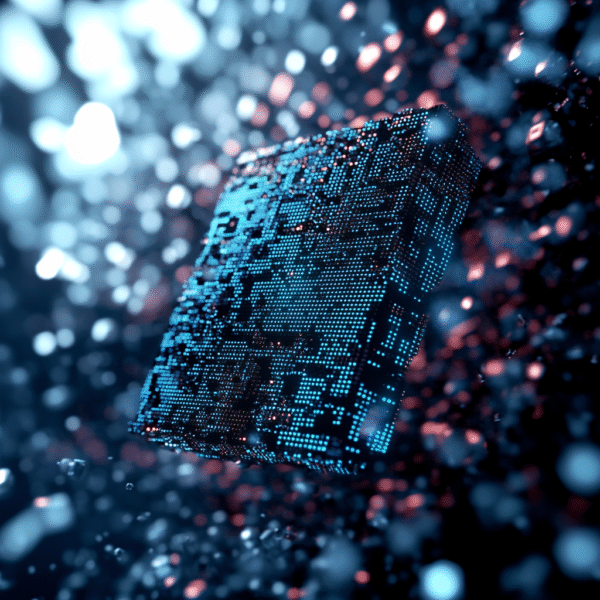
https://itinai.com/zhipu-ai-launches-computerrl-revolutionizing-reinforcement-learning-for-desktop-agents/
The Rise of the AI Agent: Understanding ComputerRL
In the world of artificial intelligence, the development of agents that can maneuver through complex digital environments has become a hot topic. One groundbreaking innovation in this field is Zhipu AI’s ComputerRL, a framework that redefines how computer agents interact with applications and user interfaces. By bridging the gap between programmatic API calls and graphical user interfaces (GUIs), ComputerRL significantly enhances the capabilities of AI agents, making them more efficient and versatile in desktop operations.
Understanding the API-GUI Paradigm
The traditional approach to designing GUI-based agents often led to challenges, as these agents struggled to operate within environments crafted for human users. Enter the API-GUI paradigm. This innovative approach melds the accuracy of API calls with the adaptability of GUIs. It allows agents to perform functions through direct API invocations when suitable while retaining the ability to navigate GUIs for tasks that require it.
To illustrate, imagine a scenario where an agent needs to process an image. Using the API-GUI paradigm, it could directly call an API for an image editing application like GIMP to streamline the task, circumventing the more cumbersome GUI-only method.
Infrastructure for Scalable Reinforcement Learning
A critical aspect of training these intelligent agents has been the efficiency of virtual environments. ComputerRL tackles this challenge head-on by creating a distributed reinforcement learning infrastructure using tools like Docker and gRPC, enabling thousands of parallel Ubuntu virtual machines to operate simultaneously. This setup not only improves training speed but also addresses issues seen in earlier systems, such as network bottlenecks.
Key features include:
- Lightweight VM Deployment: Utilizing qemu-in-docker for streamlined processes.
- Multi-node Clustering: This feature enhances scalability, allowing for a more extensive range of experiments.
- Web-based Monitoring Interface: Providing real-time insights into the training processes.
Entropulse: A Solution for Sustained Performance
One of the persistent challenges in reinforcement learning is the issue of entropy collapse. This problem arises when agents lose their exploratory behavior over time, stifling their learning potential. ComputerRL counters this with a technique called Entropulse, which alternates reinforcement learning phases with supervised fine-tuning on successful trajectories. This approach not only restores exploratory behavior but also enhances learning outcomes.
The training process involves several innovative steps, including behavior cloning to diversify training data and Group Relative Policy Optimization (GRPO) for optimizing actions based on rule-based rewards.
Success Stories and Validation
The effectiveness of ComputerRL is highlighted through its application in various case studies and benchmarks. For instance, on the OSWorld benchmark, a variant called AutoGLM-OS-9B demonstrated a remarkable success rate of 48.1%, outperforming other leading models like OpenAI’s CUA o3. Such results validate the framework’s potential in real-world applications.
Moreover, ablation studies confirm that the API-GUI paradigm notably improved success rates, particularly in professional environments. The results emphasize how successful training can significantly impact agent performance, showcasing improvements beyond traditional methods.
Future of Desktop Automation
Looking forward, ComputerRL aims to pave the way for more sophisticated agents capable of navigating dynamic digital ecosystems and performing long-term tasks. Enhancements like integrating multimodal perception and establishing hierarchical planning will be crucial for further advancements. Additionally, implementing safety features will ensure these AI agents operate reliably in real-world applications.
Summary
ComputerRL represents a transformative leap in developing AI agents, marrying advanced reinforcement learning techniques with innovative interaction paradigms. As the technology continues to evolve, we can expect more powerful, adaptable agents to emerge, changing how we interact with our digital tools.
FAQ
- What is ComputerRL? ComputerRL is a framework developed by Zhipu AI designed to enhance the capabilities of AI agents through a combination of programmatic API calling and GUI interactions.
- How does the API-GUI paradigm work? The API-GUI paradigm allows AI agents to efficiently perform tasks using both APIs for precision and GUIs for broader adaptability, optimizing their operations.
- What challenges does ComputerRL address in AI training? ComputerRL overcomes inefficiencies in virtual environments and issues related to entropy collapse in reinforcement learning.
- What are some key features of ComputerRL? Key features include scalable infrastructure for parallel processing, Entropulse for maintaining exploratory behavior, and a user-friendly web-based monitoring interface.
- What are the future directions for AI agents using ComputerRL? Future developments may include enhanced training diversity, multimodal perception integration, and implementing safety measures for real-world deployment.

https://itinai.com/zhipu-ai-launches-computerrl-revolutionizing-reinforcement-learning-for-desktop-agents/
No comments:
Post a Comment